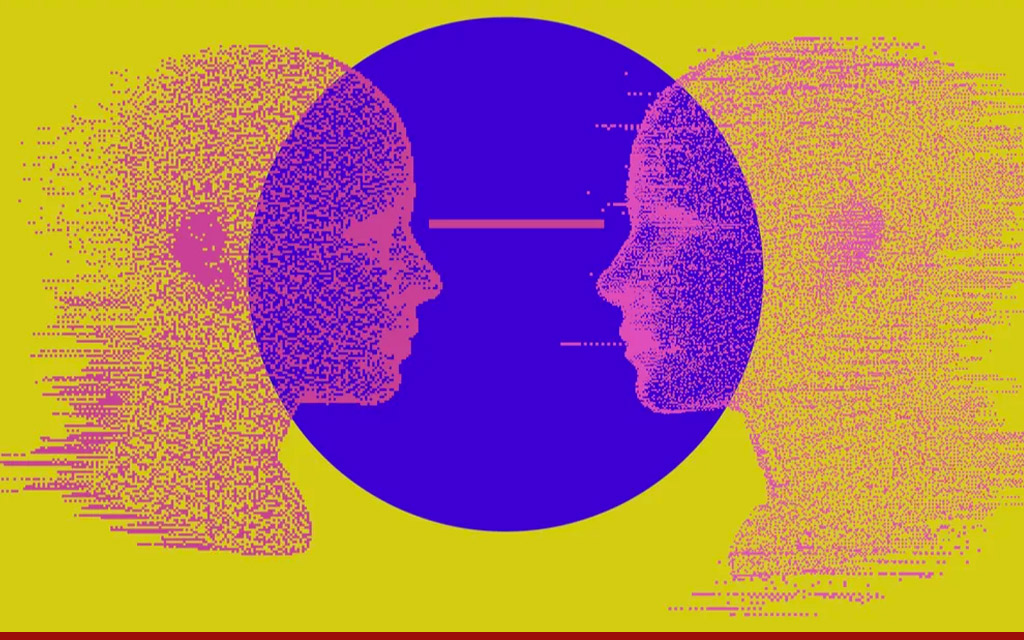But there’s another sort of digital twin — a kind of digital replica of the physical world, which enables the tracking and monitoring of things in the real world, and ideally is able to generate data to predict how that physical thing or system will perform in the future. Digital twins have been on the radar for decades, but they were often quite primitive. Now digital twinning is finding its way back to the top of the tech lexicon. Accenture, in its new report on 5 Top Trends to Watch in 2021, gave a crown to digital twinning, hailing 2021 as the birth of a mirrored world, where digital simulations and real life will work in concert. Increasingly digital twins will be used to create ultra-realistic, bi-directional simulations of everything from smart cities to manufacturing processes, aeronautics, clinical health trials and supply chains.
Why Now?
Digital twinning is rising thanks to maturation of several related technologies: the use of large data sets and their integration, AI and machine language, and the Internet of Things, where physical objects get a dedicated IP address to receive and transmit information to the cloud. Today digital models can accept information from external sensors that tie the physical and digital worlds together, so that the digital twin of a real object can provide data about its physical state. So the approach is being used more frequently, especially in hard to access systems like deep sea oil rigs, wind turbines or even the human body.
Gaming World Influencers
Anyone who has ever played SimCity understands the concept of a digital twin. You start by building a world of buildings, playgrounds and parks in the digital world. It is meant to function as a real world version might, and that is the challenge and the fun. Epic Games, creators of Fortnite and the UnReal engine, may be in the headlines because of its app store battle with Apple. But more exciting than a good court battle is how mainstream businesses are beginning to work with gaming engines.
Twinmotion, acquired by Epic, is a building environment for quick visualizations of physical things like buildings and cars. An interview with David Weir-McCall at Epic Games makes it clear that the company has grander visions for its engine beyond gaming. It’s starting to see adoption by other industries, including architecture, automotive, film and media.
Similarly, Niantic used Pokémon Go to show the world the power of augmented reality mapped onto a real world. Today, it is betting that billions of smartphone cameras and databases of images that can be mapped to the real world will lead to planetary scale AR. That would be literally a digital twin of our planet.
New satellite companies like Maxar, whose satellites, according to this WSJ article, circle the earth every 94 minutes, surveying 3.5 million square kilometers of the Earth every day, can capture images that are accurate down to a meter. Several such companies are hellbent on mapping the planet and the things that move about in it including ships and cargo.
This spring, the 36th America’s Cup is set to show off a new IRL space-age,mono-hull yacht. But its training trials took place in the digital world, using twin technology to emulate the performance of sailors on the boat. That helped designers achieve radically accelerated performance. At Virgin Galactic, digital twins are predicting flight and maintenance of the space vehicles, so as to create, according to the Wall Street Journal, “pipelines between systems that store design and flight data to systems that can use that data to create predictive models that forecast vehicle maintenance.”
More Mundane Benefits
Back on earth, the construction industry faces worldly constraints in large construction projects that can sometimes run up to 80% over budget and take 20% longer to finish than scheduled. That industry, too, is jumping on the digital twins bandwagon for a powerful new tool that improves project performance. Writes David Cearley of Gartner Research in this report on digital twinning and industry: “With an estimated 21 billion connected sensors and endpoints by 2020, digital twins will exist for billions of things in the near future. Potentially billions of dollars of savings in maintenance repair and operation (MRO) and optimized… performance is on the table.”
One of the main benefits of digital twinning is that it speedup the process of iterating and repairing things, thus improving system performance. In the Washington Post, the assistant secretary of the Air Force for acquisition, technology and logistics, Dr. Will Roper was bullish on digital twins’ ability to “allow us to do things in the virtual world that we once had to do in the physical one…Normally”, he says, “we had to build something, fly something, test something, and then come back to those engineers who originally designed the system to provide them the learning that they need to make improvements. Now all of that can happen millions of times every night when we leave the office.”
The biggest win of all for digital twins may come in digital health care, by for example creating a twin of a clinical trial without putting humans at risk, or studying drug interactions, or whipping up a personal drug cocktail, Here’s a futurist’s look at what’s possible when you practice medicine in a virtual world.
Pandemic Acceleration
No doubt, the pandemic helped accelerate the use of digital twins, as remote control of processes became a survival tactic. The verdict, according to the analysts, is that those businesses that survived the pandemic used AI and tech with aplomb.
A PostScript for the Digital Twins
That said, the world of digital twins still looks like a bunch of islands with little or no interoperability. Each model is built from scratch. There are generally no common methods, standards or norms. And the data is siloed in various outposts. As we mourn the recent loss of Adobe’s co-founder Charles Geschke, let’s remember his prescient work in creating PostScript, a page description language that let all printers speak the same language. I can’t help but think that there ought to be a digital twinning description language as well
Source: https://techonomy.com/2021/04/digital-twins-grow-up/




